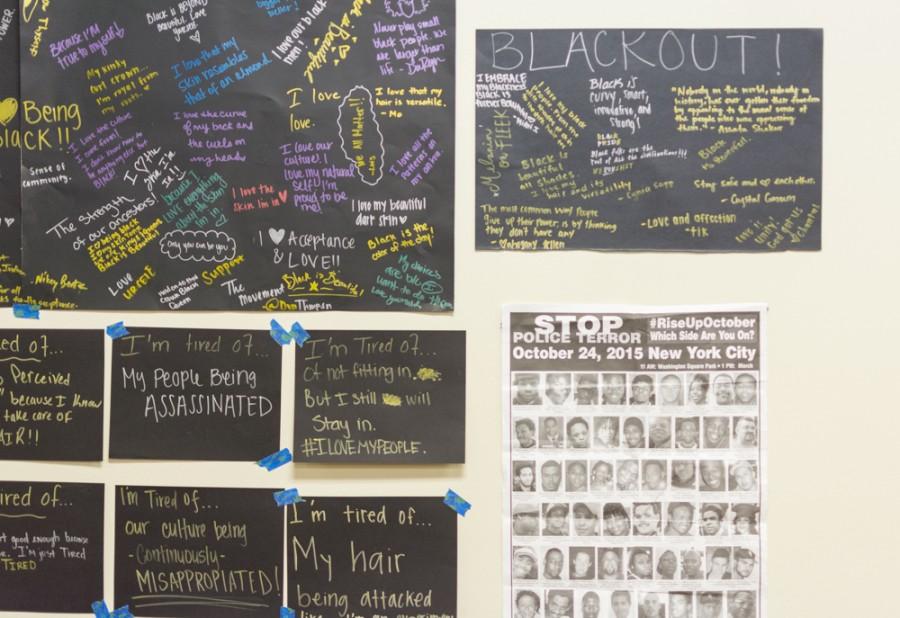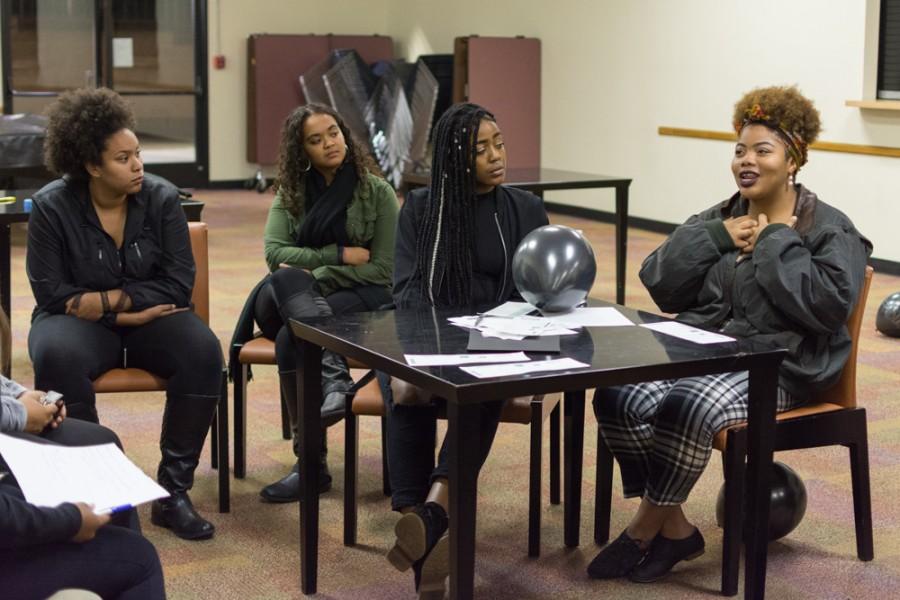ASI proposes CSUEB’s first African American resource center
April 6, 2016
Members of Cal State East Bay’s student government passed a resolution earlier this year to create an African American Resource Center on campus, which is set to provide academic support to African American students.
“The resource center is targeting African American students at CSUEB because they are disproportionately doing worse than any other races [on] this campus in terms of academic performance and retention rate,” Luis Cardenas, vice president of External Affairs for Associated Students, Inc., told The Pioneer.
Cardenas drafted this project after reading a December 2015 Pioneer Newspaper article that addressed the Blackout Movement. East Bay Blackout is a new student collective formed at CSUEB that is not yet considered a club but whose members are concerned with the quality of support and educational development for Black students on campus.
“Many students from African American community are addressing a few but very important issues,” Cardenas said. “They feel they don’t belong to the university, or the student quality or the education wasn’t really for them. So then I realized that I have to take an action as a student government leader.”
Cardenas believes the African American Resource Center will be up and running by the end of this year or next year and will likely be placed in a vacant office in the library or in the Student & Faculty Support Building.
According to the official resolution distributed to the university in January, the Resource Center aims to focus on the academic development and success of African American students by providing specialized academic advising, student-to student and student-to-mentor programs and scholarship opportunities.
ASI has not allocated a budget to fund the center, nor have they determined an exact opening date. That will be up to a task force, which has not yet been formed. The proposed African American Resource Center will also be open to students from any other races and ethnicities. According to a ranking of four-year public universities by The Chronicle of Higher Education’s Almanac published during winter 2015, CSUEB is the fifth most diverse university in the nation.
According to The Journal of Blacks in Higher Education, the national average graduation rate of African American college and university students is 42 percent, compared to 62 percent for white students.
The Journal also said over the past seven years, the Black graduation rate has improved in almost all of the nation’s highest-ranked universities. In California, there has been a major improvement at the University of California, Berkeley over the past decade; since 1993 it has increased from 51 to 70 percent.
Similar improvements in Black student graduation rates have also occurred at UCLA. The Journal stated that UCLA’s graduation rate improved by more than 13 percentage points from 1998 to 2005.
East Bay’s sister schools, CSU Fullerton, CSU Long Beach, CSU Poly Pomona, CSU Northridge, CSU San Marcos, and San Jose State, already have, or are working, to establish an African American resource center, or similar programs.
“CSU Poly Pomona has only four percent of student body as African American and they have an African American resource center,” Cardenas said. “We have 11 percent African American population but we do not have African-American-focused resource center.”
ASI also wants East Bay to increase its hiring of diverse faculty, staff and administrators to reflect the diverse student population.
“I’ve had my first Black professor this year and I’m graduating in the spring and I’ve been here for four years,” Michelle Fletcher, a member of Naturally Me, a club focused on Black art, health and historically Black Greek Letter Organizations, told The Pioneer in December 2015. “That within itself says a lot.”
ASI also wants to improve the cultural, racial awareness and understanding of all staff and faculty members.
“Our faculty does not reflect the student body in terms of diversity,” said Cardenas. “And also the lack of diversity sensitivity training on behalf of the faculty and staff.” Cardenas explained that ASI’s goal is to help every staff and faculty member understand African American culture and community, so they can support and interact with students more efficiently. They are also working to increase the population of African American faculty with the ultimate goal of hiring diverse faculty, staff and administrators to reflect the student population.
According to Cardenas, when he introduced the plan to the External Affairs committee, about 65 students turned out to show support for creating the African American Student Resource Center. Then it went to the Board of Directors where another 70 students showed up and supported the resolution.




